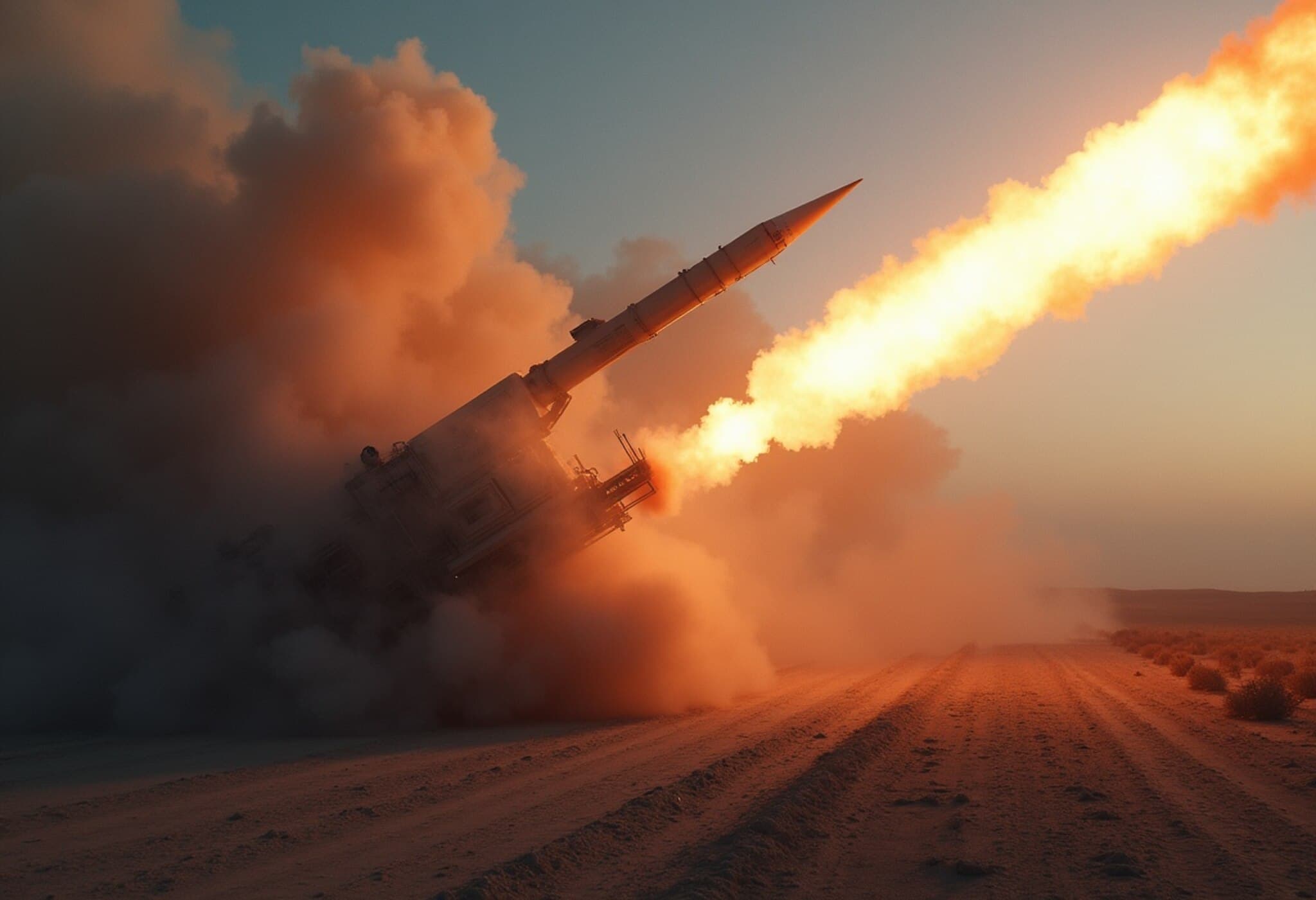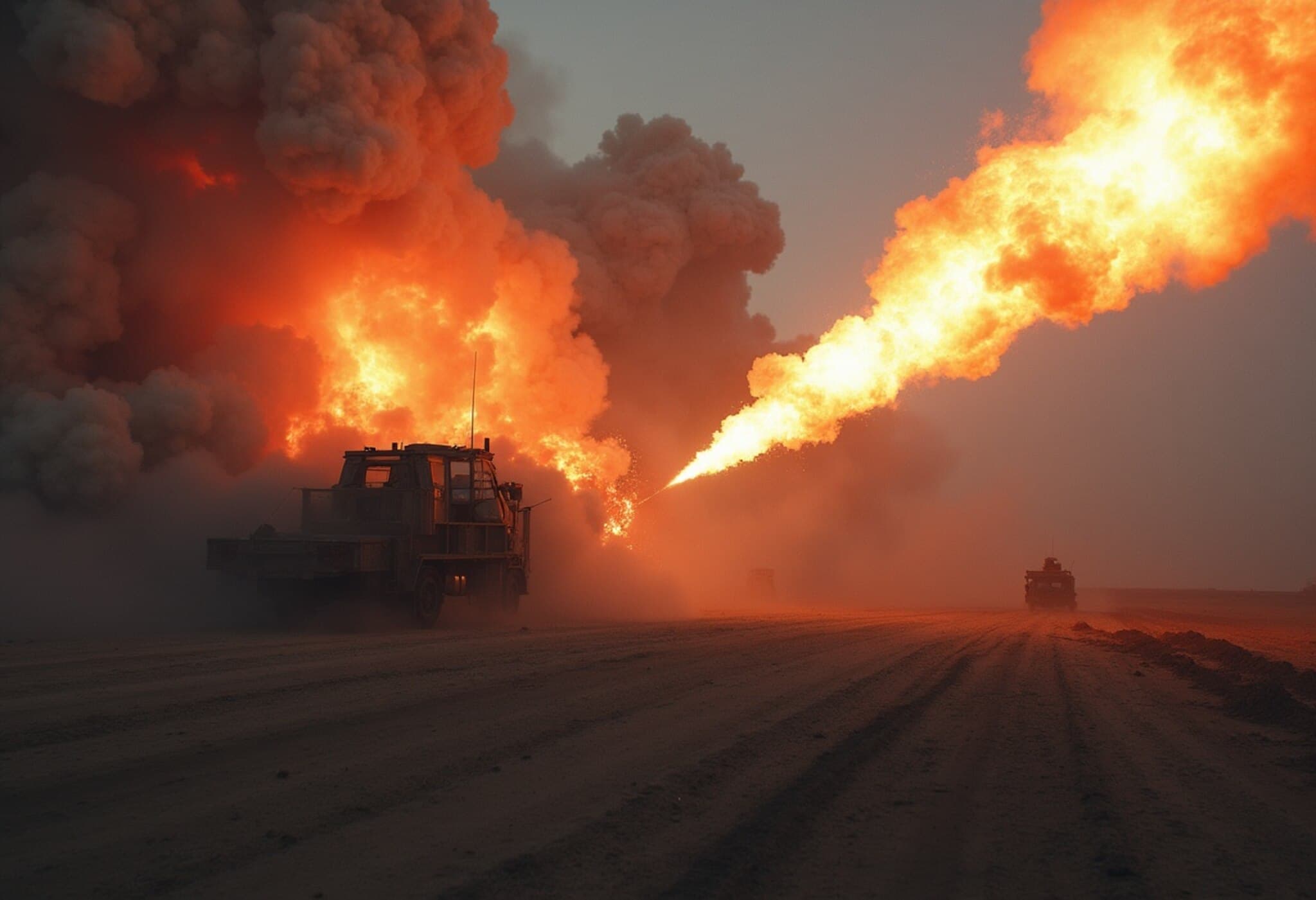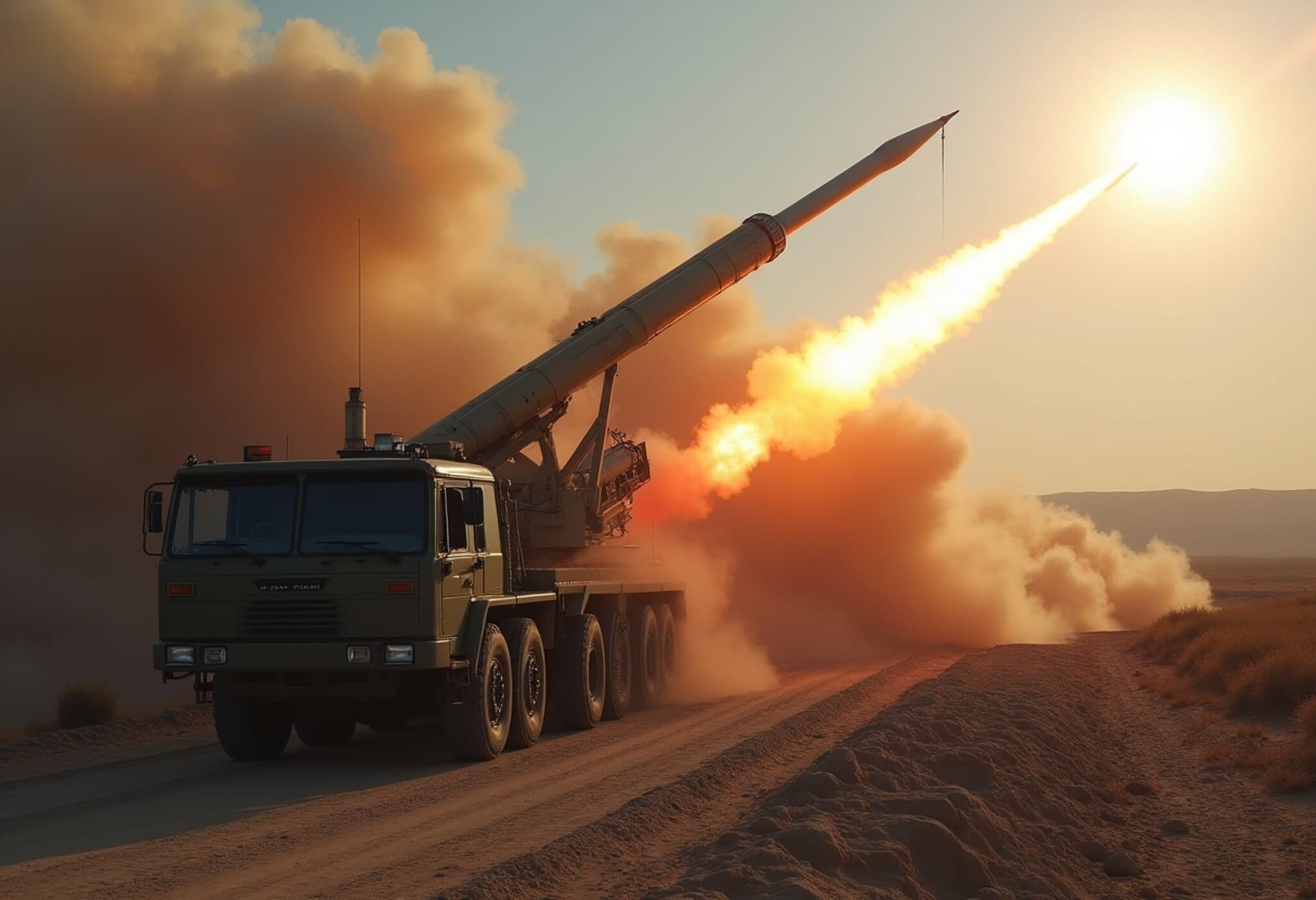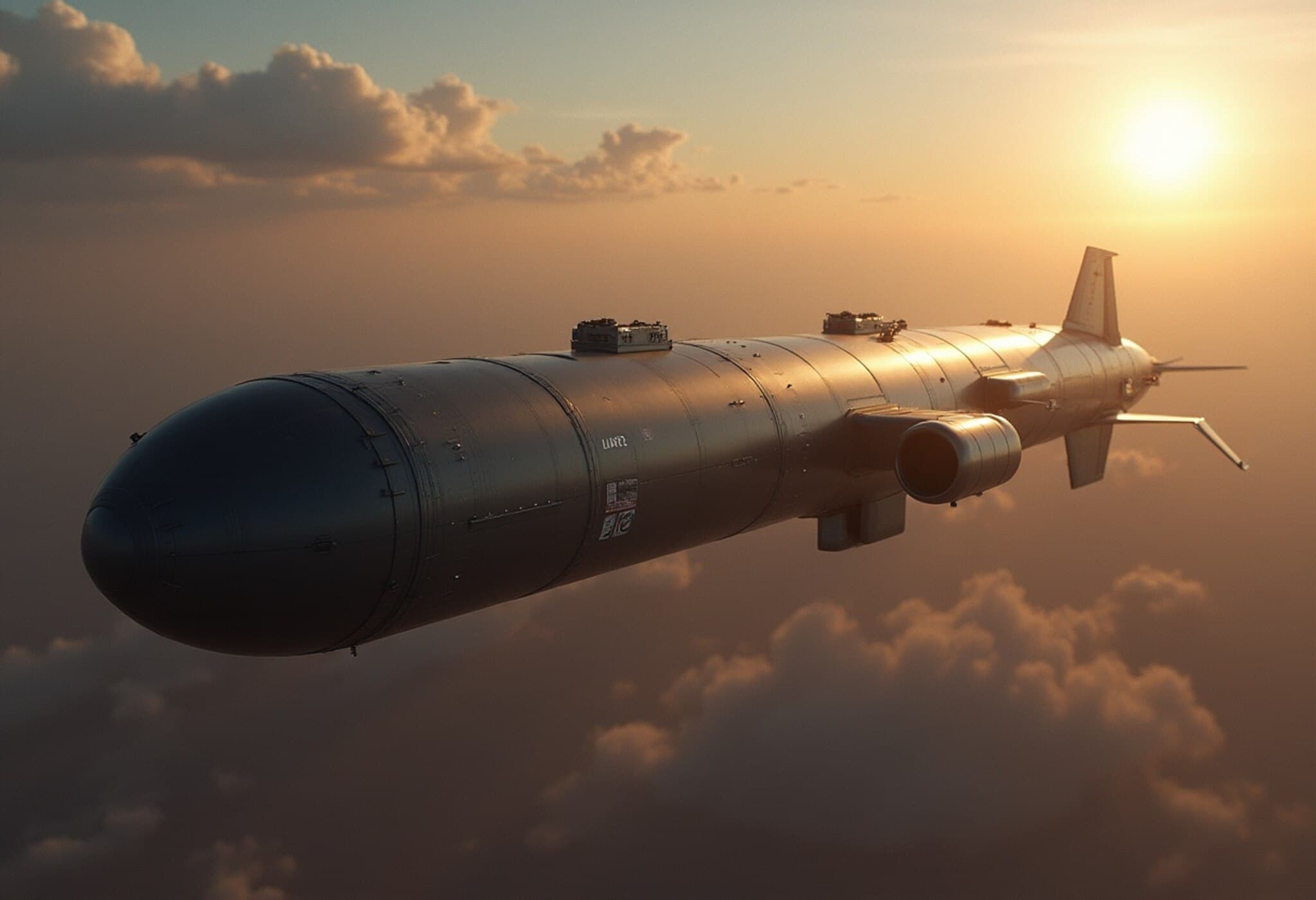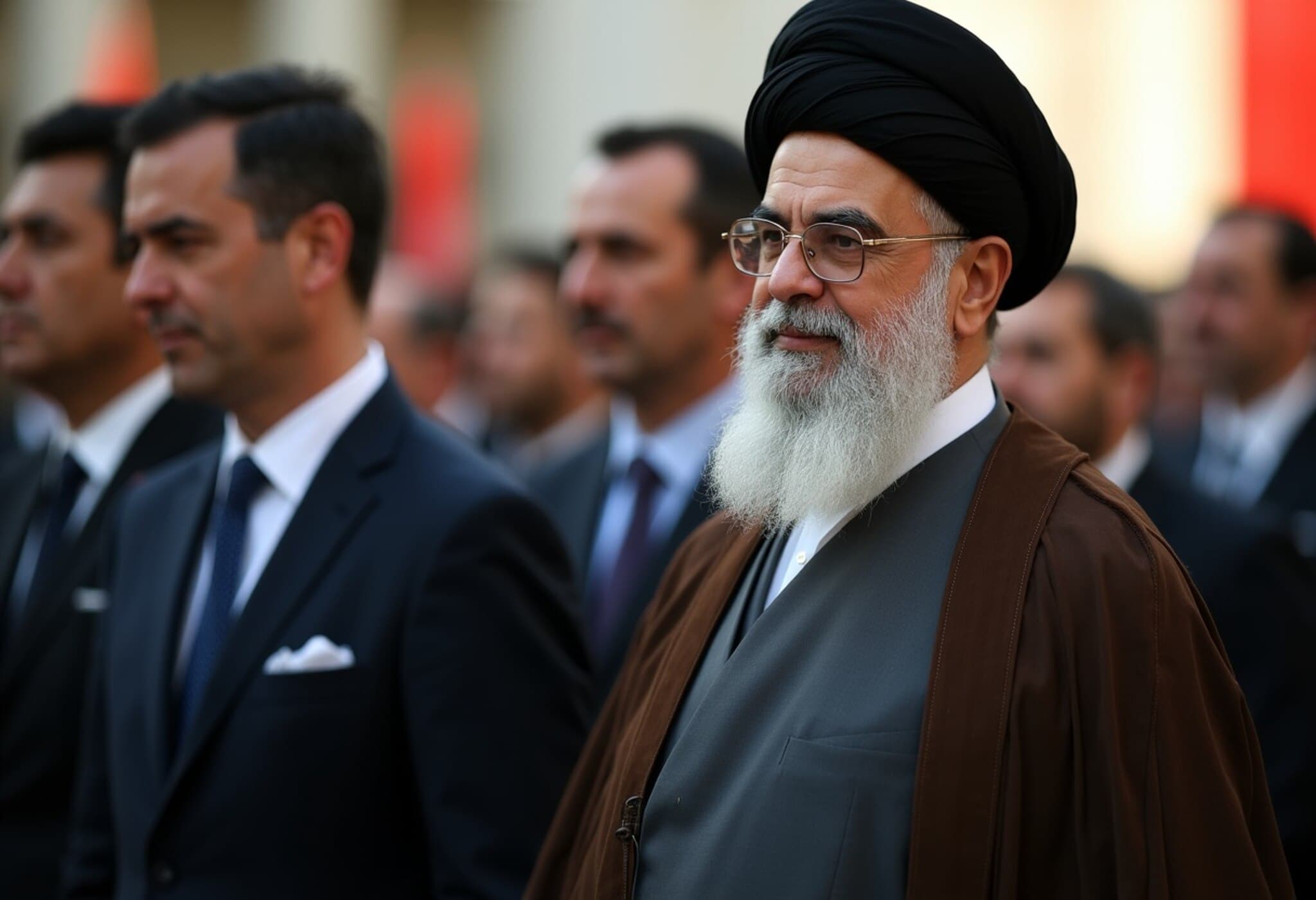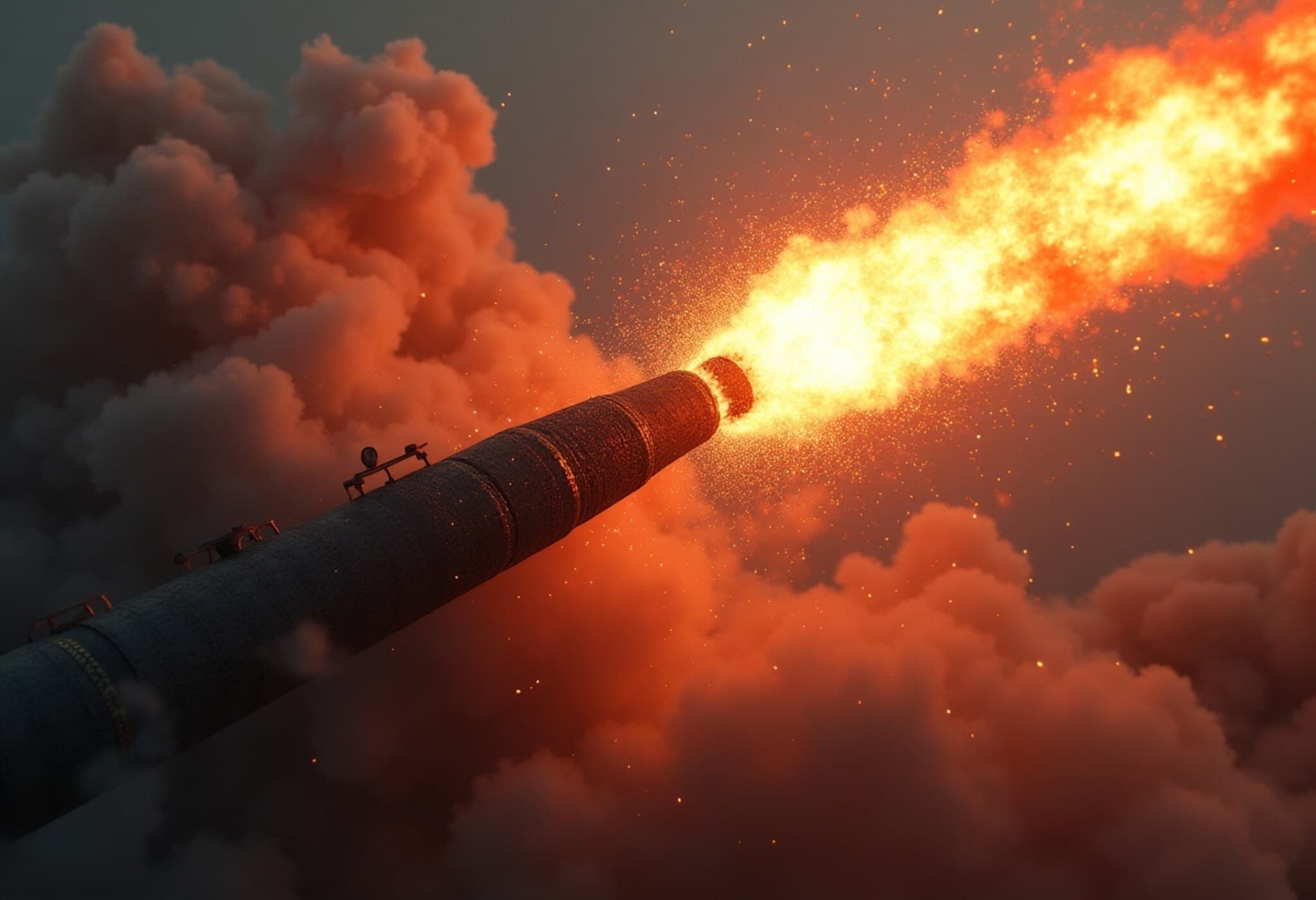Understanding the Complexities of Missile Defence Systems
When a missile is launched, it embarks on a formidable journey: soaring beyond Earth's atmosphere before plummeting back at blistering speeds toward its target. This rapid sequence demands split-second reactions from missile defence systems, which aim to neutralize the threat before impact.
The Recent Escalations Highlight Defence Realities
Recent events have underscored the sophistication—and limitations—of these systems. On June 23, Iranian forces fired missiles targeting a military base in Qatar, in retaliation for prior strikes on their nuclear facilities. Fortunately, U.S. missile defence units successfully intercepted these incoming rockets.
At the same time, Israel’s renowned air defence network intercepted the majority of ballistic missiles launched by Iran. However, some missiles penetrated these protective layers, highlighting the ongoing challenges these sophisticated systems face.
Why Intercepting Ballistic Missiles is Incredibly Difficult
Ballistic missiles follow a high-arching trajectory, shooting beyond the atmosphere before descending toward their target. The moment a missile launches, satellites scramble to identify its heat signature within seconds. Ground-based radars then take over to track its path and determine its likely impact point.
Missile defence systems must then act immediately, firing interceptors designed to collide with these threats mid-air. This task is extraordinarily complex, akin to "trying to hit a bullet with another bullet." Interceptors usually engage the missile when it is in space, both traveling at supersonic speeds and separated by vast distances.
The missiles themselves shrink as they shed boosters, often measuring only about three feet wide during their space phase and reaching speeds around two miles per second. Consequently, interceptors have mere fractions of a second to course-correct and execute a precise strike.
Secondary Lines of Defence: When Missiles Re-Enter the Atmosphere
If an initial long-range interception fails, time becomes critically short. Systems like Israel’s Arrow 2 or the American THAAD are tasked with engaging the missile as it descends through the upper atmosphere. These interceptors must respond in seconds, fighting a race against gravity and time constraints.
Should these systems also falter, last-resort defences such as the U.S.-made Patriot missiles are deployed. With a shorter range of roughly 12 miles, these interceptors are effective for localized protection but cannot shield wide areas.
Limitations that Prevent Missile Defence from Ensuring Complete Safety
Despite advanced technology and significant investment, missile defence is not infallible. Even Israel’s highly regarded systems have allowed some missiles to breach defences recently, resulting in casualties and damage.
Such setbacks stem from more than just interception accuracy; the quantity of interceptors available is also a constraint. These systems rely on finite stocks of missiles, meaning that sustained assaults may overwhelm defence capabilities.
Ultimately, missile defence remains a vital protective shield against modern threats, but it cannot guarantee absolute security. It is a high-stakes game of split-second decisions, advanced technology, and evolving threats where perfection remains an elusive goal.

